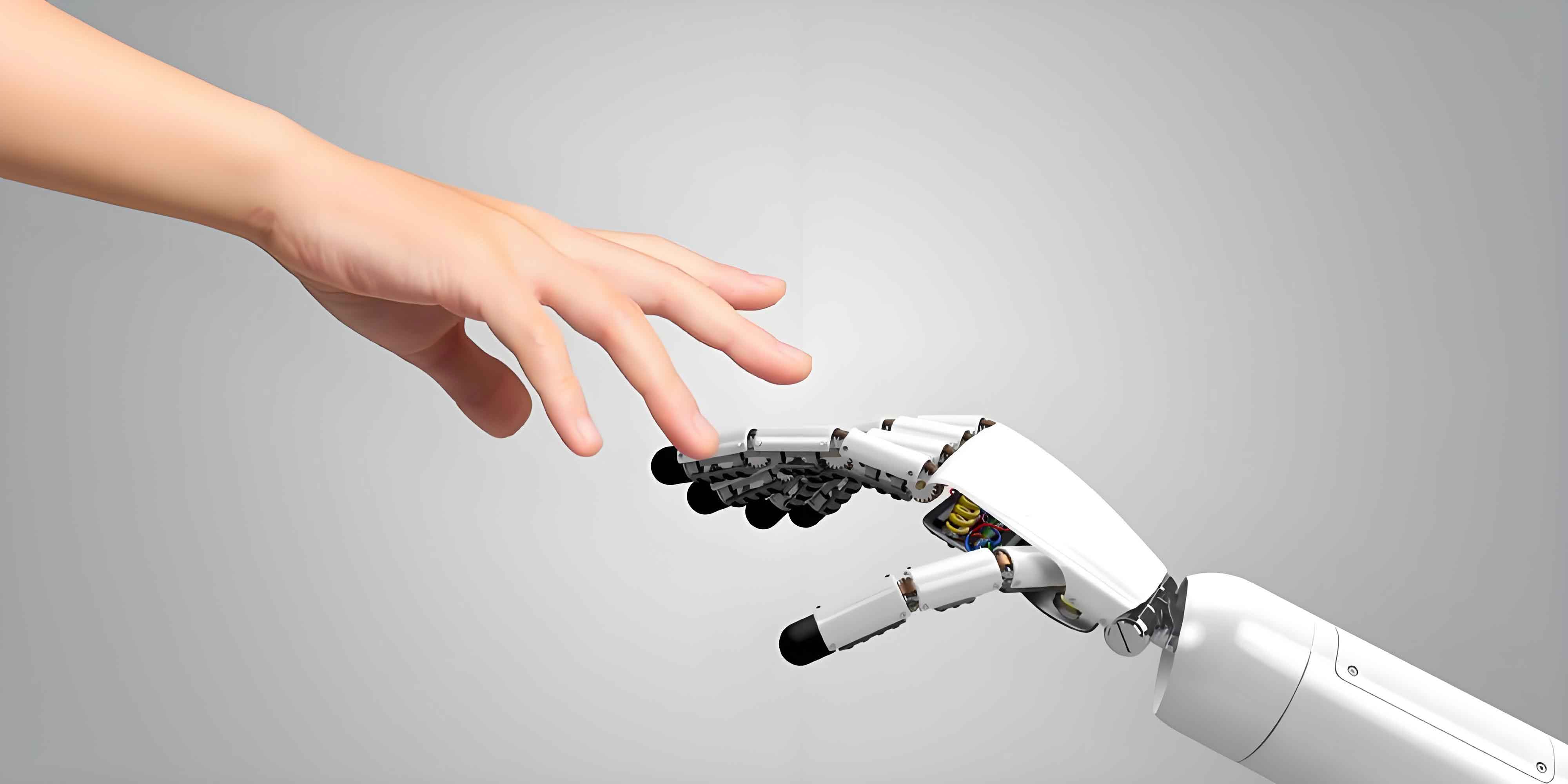
As development of humanoid robots accelerates with increased investment from global tech giants, investment opportunities across the supply chain are attracting significant market attention. According to Wind data, the Wind Humanoid Robot Concept Index surged 3.69% on May 12, marking a cumulative increase of 26.74% since April 9. This robust performance underscores the expanding opportunities within the rapidly evolving robot industry.
Industry analysts highlight humanoid robots as optimal embodiments of embodied intelligence with substantial growth potential. Many anticipate 2025 will mark the industry’s explosive starting point, presenting crucial industrial upgrade opportunities across the robot industry ecosystem.
Market Momentum and Strategic Collaborations
Multiple positive developments are driving growth in the robot industry. Wang Xingxing, CEO of Unitree Robotics, recently revealed at the 6th Shanghai Innovation and Entrepreneurship Youth 50 Forum: “Benefiting from market enthusiasm and national policy support, humanoid robot companies including Unitree are experiencing robust growth, with many facing overwhelming order volumes.” Wang specifically noted exceptionally strong demand this year throughout the robot industry, with companies focusing on enhancing product delivery and quality.
Significantly, Huawei and Ubtech formally signed a comprehensive cooperation agreement in Shenzhen on May 12. This strategic partnership will focus on embodied intelligence and the humanoid robot industry, collaborating on product R&D, application scenarios, and industrial frameworks. Huawei will leverage its technological capabilities in Ascend, Kunpeng, Huawei Cloud, and large-scale models, combined with Ubtech’s full-stack humanoid robot expertise, to accelerate the transition of humanoid robots from lab innovation to industrial and household applications. Huawei will support Ubtech in establishing an Embodied Intelligence Innovation Center and jointly develop demonstration solutions for “humanoid robots + smart factories,” representing a major advancement for the robot industry.
On the application front, Midea Group’s self-developed humanoid robot “MIRO” has commenced operations at a washing machine factory in Jingzhou, Hubei. Standing approximately 1.9 meters tall and weighing 68 kilograms, MIRO features 16 degrees of freedom and 6 active joints in its Midea-developed arms, equipped with six-dimensional force sensors. Currently deployed for facility inspections, data collection, and equipment maintenance, this implementation marks a significant milestone in industrial applications within the robot industry.
Strong Quarterly Performance Across the Robot Industry
The first quarter of 2025 demonstrated remarkable financial performance across the humanoid robot supply chain. Wind data reveals that among the 109 companies in the Humanoid Robot Concept Index, 77 reported revenue growth, representing approximately 70.64% of constituents. Several robot industry leaders delivered standout results:
| Company | Revenue (Q1 2025) | YoY Revenue Growth | Net Profit | YoY Profit Growth |
|---|---|---|---|---|
| Inovance Technology | ¥8.978 billion | 38.28% | ¥1.323 billion | 63.08% |
| Shuanglin Group | ¥1.286 billion | 20.97% | ¥159 million | 105.49% |
| Allwinner Technology | ¥620 million | 51.36% | ¥92 million | 86.51% |
Li Hang, Chief Analyst of Electric Power Equipment and New Energy at Guohai Securities, emphasized: “Amid electrification and intelligence trends, domestic and international humanoid robot products continue to emerge and evolve. The robot industry chain faces a pivotal ‘0 to 1’ investment opportunity. As mass production and commercial implementation accelerate, the humanoid robot industry may experience its ‘ChatGPT moment’.”
Expansive Investment Landscape in the Robot Industry
With strong corporate performance as a backdrop, institutional experts observe humanoid robots transitioning from singular capability breakthroughs to adapting within complex real-world scenarios, clarifying the robot industry’s developmental trajectory. Qiu Shiliang, Co-Director of the Zhejiang Securities Research Institute and Head of the Large Manufacturing Group, projects that by 2030, combined demand from manufacturing and home service sectors in China and the US will reach approximately 2.1 million units, representing a market value of about ¥314.6 billion. Within this projection, core components including dexterous hands, planetary roller screws, and reducers will constitute a ¥102.2 billion market, highlighting strategic opportunities across the robot industry value chain.
Zou Runfang, General Manager Assistant and Director of the AVIC Securities Research Institute, notes: “2025 marks the official beginning of mass production for humanoid robots. Continuous positive developments from domestic and international manufacturers, coupled with software advancements and clearer capacity planning, indicate an industry entering a flourishing phase of diverse innovation.”
Lu Pei, Chief Machinery Analyst and Team Leader at China Galaxy Securities, identifies three company types warranting special attention within the robot industry ecosystem:
- High-Certainty Companies: Firms with confirmed orders, business collaborations, investment agreements, clear product progress, or capacity expansions stand to benefit directly from scaled deliveries by robot manufacturers.
- Core Component Suppliers with Strong Market Positions: Companies providing high-value, difficult-to-replace critical components occupy strategically vital positions in the robot industry supply chain.
- Specialized Players with Emerging Opportunities: Currently concentrated in areas like dexterous hands, sensors, motion control systems (“cerebellum” functions), and embodied AI models, these niche innovators represent unique growth vectors within the robot industry.
As technological advancements converge with increasing commercialization, the humanoid robot industry demonstrates accelerating momentum. With 2025 anticipated as the inflection point for mass production, the sector presents substantial opportunities across manufacturing, services, and component supply chains. Industry observers emphasize that this expansion represents not merely incremental growth but a fundamental transformation within the broader robotics and automation landscape, positioning the robot industry as a cornerstone of future technological and economic development.
